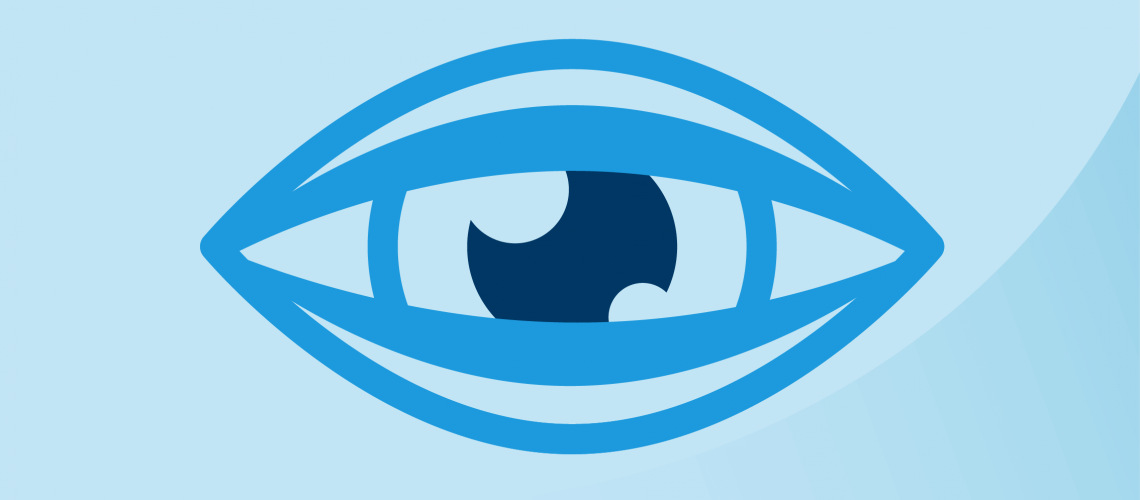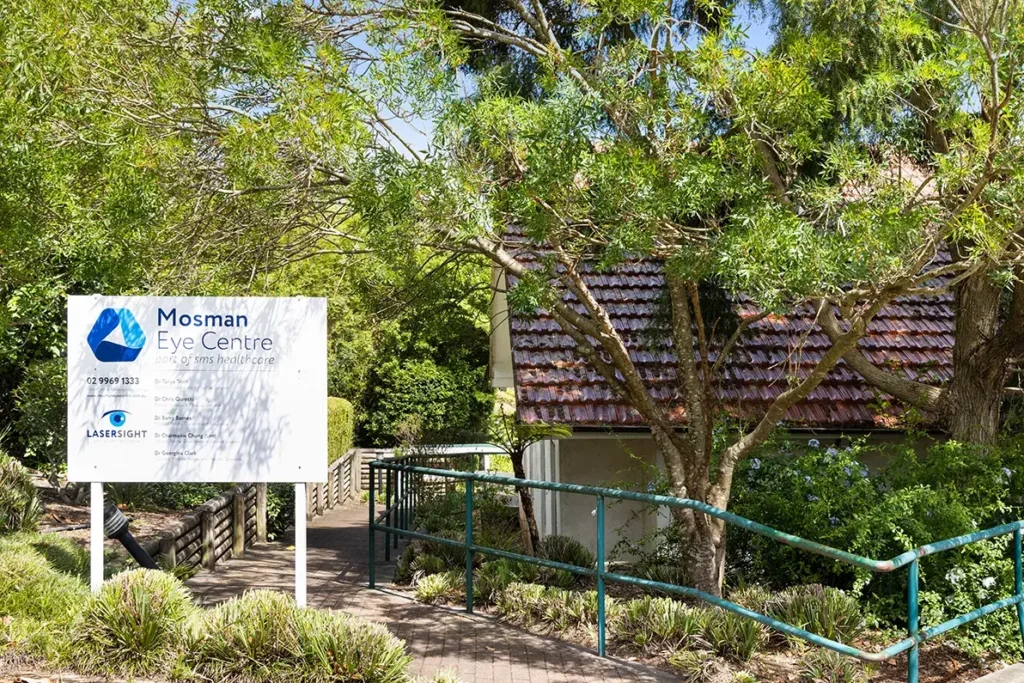Ectropion
Ectropion describes the turning out of the eyelid so that the inner surface (“conjunctiva”) of the eyelid is exposed to the air. This affects the lower eyelid much more commonly than the upper lid.
The most common group of people who get ectropion are the elderly with loosening of the eyelid. It can also happen in patients who have nerve damage to the muscles of the eyelid, or it can be caused by changes in the skin, either from skin cancers or inflammation and scarring from prior trauma or surgery. In Australia tightening of the skin caused by years of sun exposure is a very common cause of ectropion.
What are the symptoms of Ectropion?
Excessive mucus production, a watery eye, blurring of vision, recurrent conjunctivitis and a generally red and irritated eye that feels gritty and dry can all be caused by ectropion.
When should it be treated?
In some patients with severe recurrent infections or deterioration of vision from scarring of the surface of the eye due to lack of protection by the eyelid, surgical treatment is absolutely necessary. Patients with less severe ectropion may elect to have surgical reapair if their symptoms are not adequately resolved with regular lubricants. Patients with symptoms should have regular reviews of the surface of the eye to monitor for any damage.
In addition, long term malposition of the lid will lead to structural changes to the lid and lashes that may lead to eye problems in the future
Entropion
Entropion describes the turning in of the eyelid causing the skin and lashes to rub against the surface of the eye. Often this condition is misdiagnosed as being just the lashes turning in, however even if the lashes are then removed the eye discomfort does not fully resolve as the skin of the in-turned eyelid will rub and irritate the eyeball.
The most common group of people who get entropion are the elderly with loosening of the eyelid, it can also happen in patients who have nerve damage to the muscles of the eyelid. Rarely is it caused by inflammation and scarring of the inner surface (“conjunctiva”) of the eyelid pulling the lid in wards towards the eyeball.
Children and infants can also get a form of entropion called epiblepharon.
What are the symptoms of Entropion?
The lashes tend to rub against the eye as a result of the eyelid turning inwards. This results in a gritty feeling, irritation, scratchiness, tearing and a red eye.
In the early stages the symptoms can be intermittent as the lid can flip in and out of the turned in position.
When Should Entropion Be Treated?
It is essential that entropion is treated as soon as possible as constant irritation of the eyeball can cause loss of vision by scarring and or infection of the cornea.
In addition, long term malposition of the lid will lead to structural changes to the lid.
Treatments:
- Lubricants and eye surface review
- Ectropion and Entropion Surgery under a local anaesthetic with sedation as a day surgical procedure.





